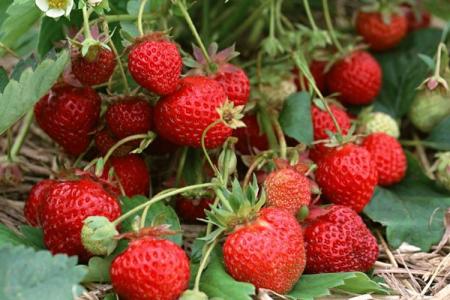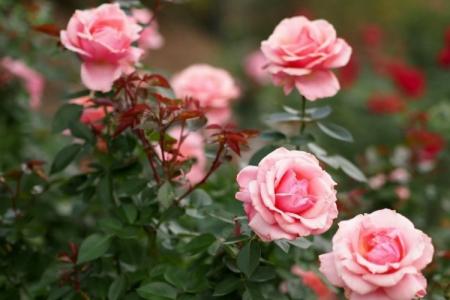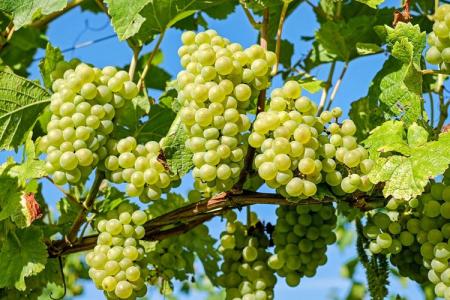
Outwardly, a very delicate and sensitive raspberry - in fact, it is completely unpretentious. Infections do not often affect her, but still troubles do happen. And so that this attack does not take you by surprise, we have compiled a selection of the most common raspberry diseases, and at the same time - descriptions, photos and effective methods of treatment!
1. Bacterial cancer
A dangerous disease does not depend on climate and weather conditions. The roots are covered with large tumors that grow together and rise from the bottom up. Raspberry leaves turn yellow, and the crop becomes tasteless and looks bad.
Damaged bushes need to be carefully dug up and burned, and nothing should be planted in their place for 3 years. If the defeat has already spread en masse, you will have to equip a new raspberry plant in a new place. Be sure to disinfect the soil and roots with copper sulfate.
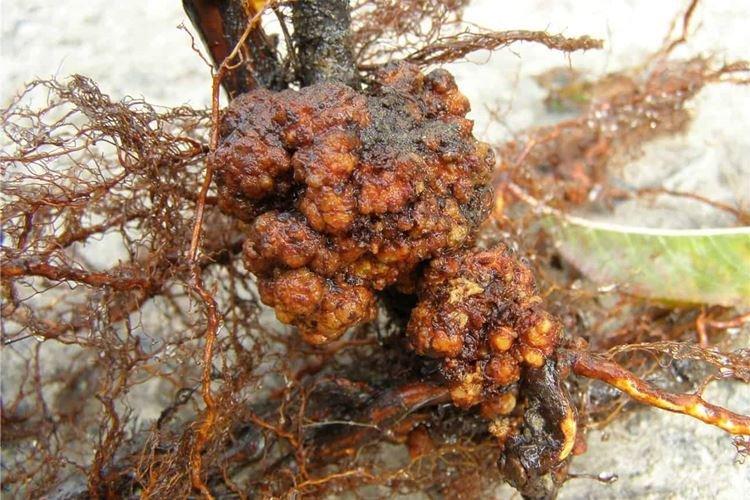
2. Rust
Rust is easily recognized by symptoms, because raspberries are completely covered with small and bumpy red spots. Favorable conditions for fungus are warm, humid days in late spring and early summer. Later, grayish ulcers appear on the shoots, and by the end of the season, the leaves are covered with a bloom of spores.
For prevention, you need to loosen the soil and maintain the distance between plantings. Weed and remove plant debris regularly. In the spring, mulch the raspberry bushes with compost, and at the first symptoms, treat with Bordeaux liquid or anti-rust fungicides, such as Propy Plus.

3. Curliness
If the leaves begin to curl to the sides and turn red on the back, this is a symptom of curliness. The veins appear transparent, the flowers are deformed, the bushes wither, and the berries simply cannot form.
This is a viral disease of raspberries, which is carried by pests, so the main prevention is timely insecticide treatment. Affected plants should be removed as soon as possible. To prevent curliness, 3-5 treatments with Pharmayod, Pentafag or analogs are carried out.

4. Ring spot
The virus is dangerous because its symptoms are clearly visible too late. The leaves begin to deform and become thinner to the point where a gust of wind can break them. But if it is possible to detect the characteristic yellow spots of the annular shape in time, the chance to overcome the disease is very high.
Most often, spotting is carried by nematodes and other small pests. Use preventive treatments and specialized nematicides to disinfect the soil. We recommend planting raspberries instead of legumes, but not tomatoes, cabbage or strawberry plantations.

5. Didimillosis
A specific fungus is often peculiar only to raspberries, and affects young plants. Brown spots on the shoots more and more blur and darken, and later the disease spreads to the leaves.
At the first symptoms, remove all damaged parts and treat the sections with antiseptics. Use Bordeaux liquid in the spring and a weak iodine solution or Pharmayod in the fall. During the season, specialized fungicides will come in handy - Fitolavin, Propi Plus, Liposam and others.

6. Dwarfism
Instead of a strong, healthy bush, low, thin and small shoots grow. Leaves, petioles and even flowers seem to stretch out, which is why raspberries resemble a ridiculous panicle. The disease is provoked by microorganisms that carry aphids and leafhoppers.
Inspect the raspberries annually and uproot any damaged bushes. Before flowering, use insect repellent chemicals, and after harvesting, spray the plantation with Pharmayod or similar. If the virus has already been on the site before, choose varieties with increased immunity to it.

7. Mosaic
The mosaic virus is so called because the leaves are rapidly covered with chaotic yellow spots.At first glance, they form a fancy decorative pattern, but over time, the plate deforms and withers. The bushes weaken, become thin and emaciated, barely bear fruit.
None of the mosaics can be cured, so the affected raspberry bushes will have to be removed. For planting, use only healthy seedlings and treat the roots with antiseptics. Spray your raspberries regularly with aphid and tick insecticides like the Pentagon. It is insects that most often carry the disease.
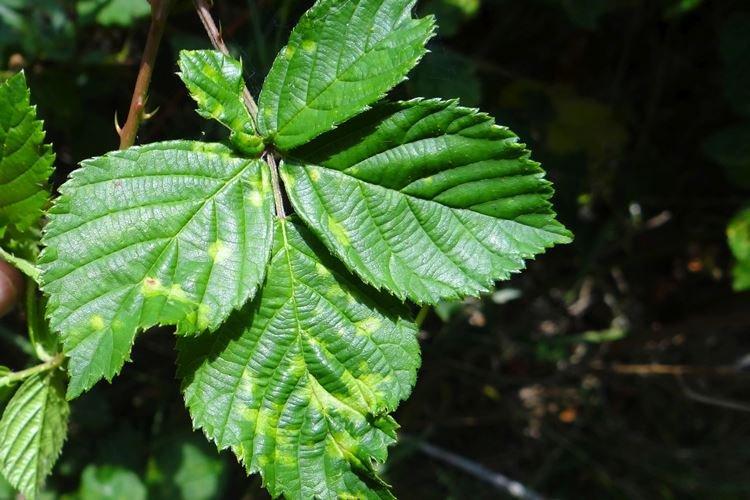
8. Gray rot
The first signs often appear during flowering, but berries are most affected. On the fruits, there is an abundant gray bloom, which spreads quickly. If it's humid outside, raspberries rots, and if it's hot and dry, they mummify.
Gray rot pathogens quickly develop immunity to fungicides, but at the same time are susceptible to them. This means that you can use almost any drug, but be sure to alternate between them. Fitosporin-M is suitable for prevention, which is sprayed with raspberries up to 5 times a season.
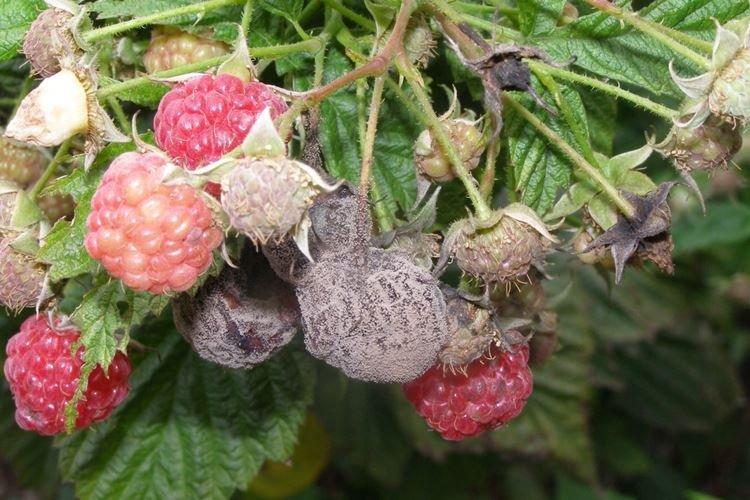
9. Septoria
The disease rapidly affects raspberry leaves with characteristic whitish spots with a dark border. Gradually, there are more and more of them, they move to shoots and weaken the entire bush. An excess of nitrogen fertilizers often contributes to the development of white rot.
The affected bushes must be removed and burned, and the soil must be treated with fungicides. In early spring, spray raspberries with Bordeaux liquid or copper oxychloride. Use Fitosporin up to 5 times a season to prevent fungus.


